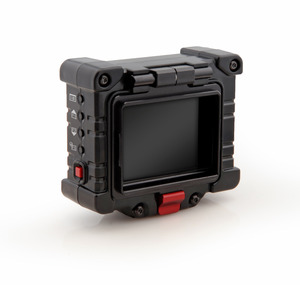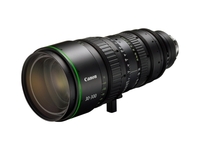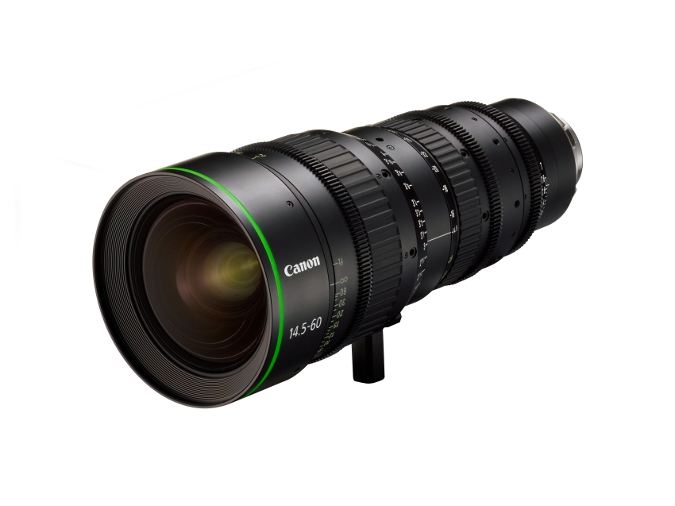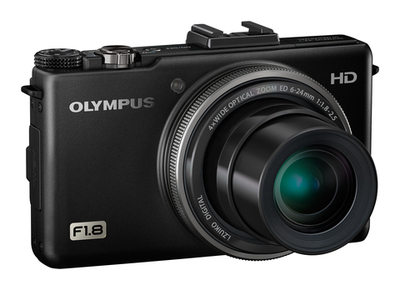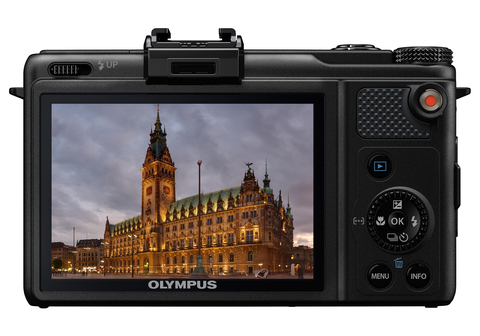Thunderbolt Hunting
 Tuesday, April 19, 2011 at 5:40AM
Tuesday, April 19, 2011 at 5:40AM I wandered round the South Hall looking for Thunderbolt devices. As I have previously stated, I think Thunderbolt has great potential and I was hoping that a few manufacturers would be ready to respond despite the short lead-time from the announcement. I did find a few which is encouraging. The most common item on show was disk drives. Promise, Sonnet, G-Tech and Lacie all had something to show. Except for Lacie, they were mainly mini-tower RAID drives of various sizes.
Promise seemed to have the most fully formed offering and were quoting the lowest lead time. Prices are expected to be a little higher than FW800 versions but not stupidly so. Some manufacturers were waiting on Intel to hand over the silicon.
 G-Tech with Thunderbolt v Firewire
G-Tech with Thunderbolt v Firewire
G-Tech for example were using Thunderbolt card on a board. I got all excited as I thought it was a PCIe card suitable for a Mac Pro but was told that this was just an engineering version of a Thunderbolt chip.
Lacie had a different kind of offering. They were using Thunderbolts daisy chaining capabilities to link up lots of their Little Big One drives. Each of these contains twin 7200RPM laptop drives. They had used Drive Utility to RAID 4 of these together and were seeing read times of over 200MBps which is impressive for mobile hard drives. SSD versions are in the pipeline too. Lacie did reveal that Intel were currently trying to sort out an issue on write speeds currently which affects drives using a popular interface bridge chip from Marvell which He didn’t think SSDs would be impacted as they use a different chip.
I saw two non-disk devices from Blackmagic and Matrox.
 BlackMagic Thunderbolt equipped capture device
BlackMagic Thunderbolt equipped capture device
The Blackmagic is an interface box and decoder allowing you to connect up several different kinds of video feeds to a Thunderbolt device, it also has 2 ports so Thunderbolt drive arrays can be connected to the host. Its not ready to ship yet (waiting on Intel for a decent inventory of chips) but it is working and it could be seen doing just that on the Adobe stand.
 Little black box links MXO2 PCIe connector to Thunderbolt
Little black box links MXO2 PCIe connector to Thunderbolt
Matrox had taken a slightly different route. Some of their MXO2 devices required a PCIe card and, with Apple only offering that on the 17” for the last 2 generations, They have created a little black box which effectively acts as a Thunderbolt converter, Remember Thunderbolt can act as a PCIe bus so this is not a giant engineering leap but still usefully offers new and existing MXO2 owners some new machine options. I asked if Matrox’s hardware encoding still gave benefits especially with GPU accelerated options like Adobe Media Encoder. The representative assured me that with Thunderbolt support and recently improved Premiere integration it still gave performance gains.
 NAB 2011,
NAB 2011,  Thunderbolt in
Thunderbolt in  Event
Event 

